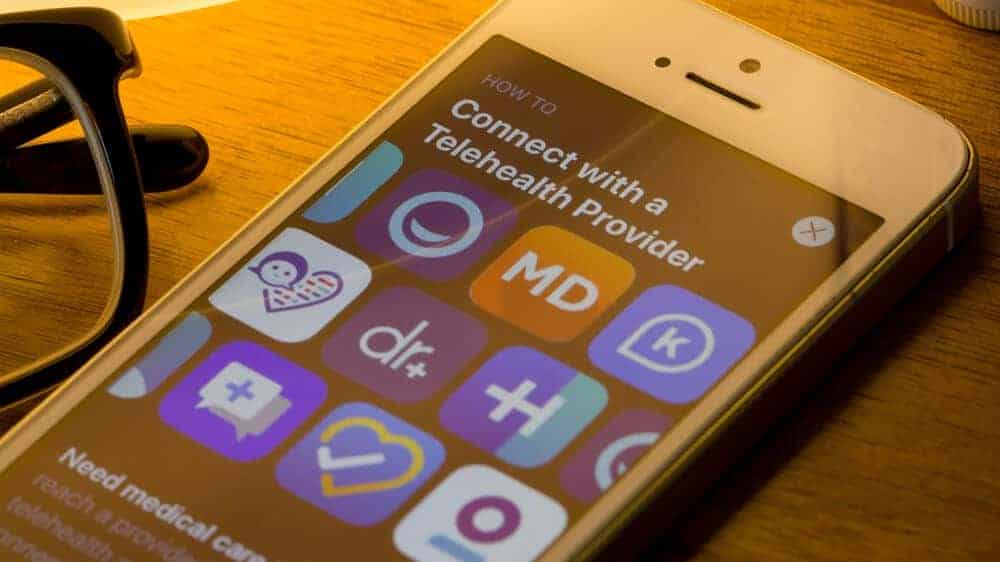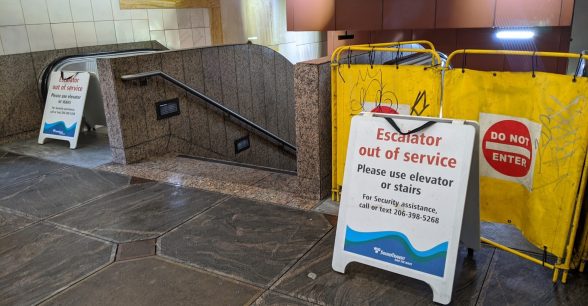As a Disabled Person, Expanded Access to Telehealth is One Result of the Pandemic That I Hope Will Continue
The following post is part of our series on perspectives from disabled and chronically ill people regarding COVID-19.
For as awful a toll as the COVID-19 pandemic has exacted on our medical system, telehealth has been a bright spot for many in a sea of darkness and tragedy. It used to be that insurance companies wouldn’t cover medical appointments over the phone and that the doctor-patient relationship had to be in-person to amount to an actual appointment. Now that telehealth has become part of our “new normal,” for disabled patients like me, it has made a world of difference in the accessibility of our medical appointments.
I cannot describe how much more beneficial my psychiatrist appointments have been now that I can have my appointments while I’m in the comfort of my home. My post-traumatic stress disorder (PTSD) means that I often have to work through difficult memories during these psychotherapeutic encounters. Being in a familiar environment has given me the best of both worlds – the ability to undergo exposure and recovery in the safety of my own home. Exposure to trauma while nestled in the blankets of my couch means my progress as a patient has been that much more pronounced.
Further, as a disabled person whose eye conditions render me unable to drive, telehealth has saved me an hour and a half commute one way to meet my vision therapist each week. Using an arrangement where I can learn new spatial processing skills at home, my optometrist has observed that I am progressing faster over shorter appointments utilizing telehealth because I don’t have to expend energy commuting.
As a visually disabled patient, telehealth also measurably benefits my safety. After my vision therapy appointments, I would struggle to even cross the street because distances between objects had appeared to change so much during my treatment. A snowstorm earlier this year is imbued indelibly in my memory, as, for my safety, my vision therapist had to hold my hand and help me across the street to the bus. Had telehealth been in use then, I never would have had to put myself in such a precarious situation. Employing remote vision therapy, I now allow my eyes to accommodate the perceptual changes I experience without putting myself at risk.
Since I have to rely in part on paratransit buses, telehealth also helps circumvent the unpredictability of this service. Using paratransit, I would often arrive more than one hour early to my appointments, creating occasional tension between myself and one doctor’s office. I also had to rely on the flexibility of local businesses which would allow me to wait in their establishments until I was picked up by often-late paratransit vehicles. Now, with telehealth, I no longer have to deal with the attitude – both overt and covert – that I am a burden because I had to place extra demands due to my dependence on paratransit.
While no one would have wanted a pandemic to disrupt daily life, the resulting expanded use of telehealth has opened up a new frontier in accessibility for disabled patients like me. Since videoconferencing is available via platforms such as Zoom and Doxy, I am still able to be in the presence of my doctors while optimizing my ability to have appointments that are safer and more effective. I cannot help but wonder how much further I would have progressed in my treatments had telehealth been available and covered by insurance years ago. Going forward, however, I can only hope that when the pandemic is over, doctor’s offices will still provide these options not only for disabled people, but for the general public which could benefit from them. That way, we could all have the energy to not only be patients, but to enjoy the free time gained by not being tethered to physical doctor’s appointments in potentially difficult-to-reach locales.
About Rooted In Rights
Rooted in Rights exists to amplify the perspectives of the disability community. Blog posts and storyteller videos that we publish and content we re-share on social media do not necessarily reflect the opinions or values of Rooted in Rights nor indicate an endorsement of a program or service by Rooted in Rights. We respect and aim to reflect the diversity of opinions and experiences of the disability community. Rooted in Rights seeks to highlight discussions, not direct them. Learn more about Rooted In Rights



